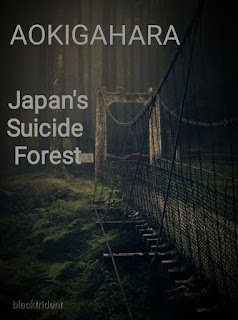The Intramuros is one of the historical places to visit in Manila. The wall itself is indeed a tourist attraction which tells a profound history contributed by the Spanish when it colonized the Philippines. Within the ancient walls of Intramuros lies a rich and colorful history and culture of the early people of both Filipinos and Spanish who once lived in it though it has been modernized. Once you roam the streets of the walled city, you'll feel like you are going back in time. There are many tourist attraction that can be found in Intramuros and one of the most popular and the oldest is the San Agustin Museum of the San Agustin Church.
The San Agustin Museum is Adjucent to the San Agustin Church. It is one of the oldest churches in the Philippines. It was built in 1586 using adobe blocks and completed in 1607. The museum it self was once the monastery and sleeping quarters of the Augustian seminarians and friars. The monastery was built in 1604. The San Agustin church was destroyed three times but was rebuilt. The first was during the British invasion of Manila. The church sustained heavy damage and British soldiers looted the church. The second was when a strong earthquake hit Manila in July 18-20 of 1880. The third was during the WWII. Now the San Agustin is designated as a World Heritage site by UNESCO in 1993.
The once monastery of San Agustin church is now a museum. It was converted in 1973. The museum houses wonderful collections of religious artifacts, sculptures and paintings from around the globe like Spain, Mexico and China that dated as early as the 15th century. Though quite similar to the collection of artifacts of the Philippine National Museum Of fine arts, the exhibits of the San Agustin museum have their own story to tell to the visitors. It's all about preserving the story of the Augustian friars and their amazing contribution to country's evolution of christianity among the early Filipinos through catholism and this is being lost in the chaotic and tangled narrative past.
 |
The corridors of the museum of the first floor |
 |
Liturgical vestments in the Antigua Sacrista |
 |
Exquisite crafted 19th century-gold chalice in the Antigua Sacrista |
The corridors of the museum reveals an astonishing past. The walls made of adobe stones are filled with old paintings of prominent friars who once served the church. There are also religious figures and altars that were crafted in a very intricate manner. It was an eerie like feeling as you walk along the old corridors. It was like traveling back in time. You can also see some of the few displays that are indeed very valuable: golden chalice, trays and cup made of gold adorned with gemstones, icons made of Ivory and many more.
The San Agustin museum also has a tomb in one of it's section on the first floor that serves as a final resting place of some of the friars and prominent individuals. Here also lies few of the well known figures that had contributions to the Philippine history: Juan Luna, Guido de Lavezarus, Miguel Lopez De Legazpi and Juan de Salcedo.
 |
The stairway to the second floor |
 |
The Interior of the San Agustin Church |
 |
An antique pipe organ from the 15th century |
The second floor museum has a passage that would lead to the so called " coro " or the place of the choir. From here, visitors can see the amazing interior of the San Agustin church that reveals the captivating structure inspired by the old Spanish architectural design. The ceiling of the church is a bit intriguing. It looks carved but it's actually a ' trompe - l' ceil - a painting on a float surface.
Indeed the San Agustin museum tells a profound history of the early convertion of early Filipinos to Christianity through catholism but on the present time regardless of one religious beliefs, one can simply appreciate the creativity of artists of the past that made these amazing artifacts found in San Agustin museum and they are kept intact after so many centuries for the modern people to see. The museum is an ideal place for those who are facinated by art and history.
Location: General Luna st., Intramuros Manila
Meseum hours: Daily 8:00 AM to 5:00 PM
Sources
yle-inquirer-net.cdn.ampproject.org
www.lonely.com
www.travelloka.com











































